Loops, Lace, and Funnel Cakes
Crochet Goes to the Fair!
Hello friends, growing up in New Mexico, late summer meant three: the smell of roasting green chile, the Albuquerque International Balloon Fiesta, and the New Mexico State Fair. Let’s take a stroll through the world of crochet fair competition and exhibition, where crochet has been present for more than 170 years. From Victorian lace to amigurumi dragons, from “fancy work” to full-fledged divisions, crochet’s story is one of evolution and celebration. If you’d like to listen to this fair adventure, check out my podcast at Exploration Crochet, wherever you like to listen. Now, grab your all-day pass and walking shoes, it’s fair time.
From “Fancy Work” to First Prizes (1850s–1900)
In the mid-19th century, American fairs were already awarding premiums for “domestic arts” and “fancy work.” Crochet, the newcomer of the era, slipped right in—often next to embroidery and lace.
One early, crystal-clear example comes from the Iowa State Agricultural Society’s 1857 premium list. In “Class 26 — Fancy needle-work,” the printed categories explicitly include “crochet collars.” That’s a time-stamped proof that crochet was being judged at a major state fair in the 1850s.
A few years later, the North Carolina State Fair premium books show similar “domestic work / fancy work” classes rolling up women’s handiwork categories—exactly the home for crochet trimmings, collars, baby garments, and lace edgings.
What won back then? Judges favored the same things society prized:
Refined lacework—Irish-style collars, cuffs, and edgings that mimicked expensive needle and bobbin laces. Irish crochet had just exploded during and after the Famine (1845–1850s), and its motifs—roses, shamrocks, grape clusters—were catnip to Victorian judges.
Baby layettes, doilies, bedspreads, antimacassars—meticulous, white-or-ecru pieces showing uniform tension, fine thread, and spotless finishing. You see the same aesthetic in Godey’s Lady’s Book work departments of the 1850s–60s that printed crochet trimmings and edgings—exactly the kinds of items that wound up under glass at the fair.
How they judged it: neatness, fineness, and difficulty carried the day—clean blocking, invisible joins, and thread-fine motifs that said “hours upon hours of labor.”
Crochet Steps onto the World Stage (1893–1904)
Crochet didn’t just live at county barns. The World’s Columbian Exposition (Chicago, 1893) erected a dedicated Woman’s Building to showcase women’s work; official catalogues and contemporary accounts list “crochet-work” among the exhibited handicrafts. If you picture miles of glass cases filled with lace, needlework, and yes, crochet—yup, that’s about right.
The St. Louis World’s Fair (1904) also featured massive displays of women’s arts and domestic industry; while not itemizing crochet line-by-line in the sources I’m citing here, those exhibitions continued the pattern of elevating needlecraft at global fairs—giving home craft the glamour of world attention.
Youth Pipelines: 4-H and Girl Scouts
If you ever entered a fair as a kid, there’s a good chance 4-H or Girl Scouts got you there
4-H: Crochet sits inside “Heritage Arts” or “Fiber Arts” across state programs—right in the fair pipeline today. You can see it in current 4-H manuals and fair books that list crochet alongside knitting, weaving, felting, etc., as judged exhibit classes.
Girl Scouts: Crochet is one of the art options within the Senior “Textile Artist” badge; the official resources explicitly name crochet hooks and yarn among required tools and call out crochet in the badge material. Many councils also run workshops that let Scouts complete the textile badge using crochet. Translation: thousands of girls earn a badge and then take those projects to the fair.
I can also add that although I have never entered anything at the Fair, when I was a Brownie, the woman who taught me to crochet was my first Girl Scout leader.
Brand & Magazine: Big-Tent Contests
Fairs weren’t the only game in town. A century of company and magazine-sponsored competitions shaped what crocheters made and what the public admired.
Fleisher Yarns National Contest (1923)—a blockbuster, nationwide competition with over $11,000 in cash prizes (top prize $2,000). Ads ran in popular magazines; local papers reported hometown winners. While widely labeled “knitting,” these campaigns rode the whole yarn-craft wave (crochet included) and dramatically raised the status of yarnwork as prize-worthy.
Women’s magazines’ prize books—titles like Woman’s Day Prize-Winning Afghans and Better Homes & Gardens afghan anthologies canonized award winners and seeded future fair entries-for better or for worse.
Leisure Arts “Crochet With Heart Afghan Contest” (late 1990s)—published compilations like Contest Favorites: Mile-a-Minute Afghans or The 40 Best Designs from the Crochet With Heart Afghan Contest. These booklets amplified contest designs into living rooms nationwide—another feedback loop into fair culture.
National contests - The 1955 National Crochet Contest sponsored by the Dritz company (see archival video here)
Result: what juries saw at fairs started to reflect what readers saw on magazine stands—bold afghans, color-forward work, and highly photogenic pieces.
What Wins Now (2000s–Today)
Modern premium books read very differently from the 1850s. Yes, bedspreads and lace still place—but judges increasingly reward original design, technical range, and finish across more categories:
Garments & Art-to-Wear: shawls with advanced lace or brioche-style structure in crochet (think blocking mastery and drape).
Colorwork/Tapestry & Intarsia: bold, graphic blankets and wall hangings with clean floats and even tension.
Amigurumi & Sculptural Crochet: meticulously shaped toys or display pieces—firm stuffing, symmetrical shaping, invisible joins.
Mixed-Media / Heritage Arts: entries that combine crochet with weaving, tatting, or sewing, often grouped under “Heritage”/“Needlework” divisions.
You can see this breadth in current county and state fair premium books—they explicitly break out crochet classes and even offer “Best of Show—Crochet.” (Example: Putnam County fair books list a “Best of Show Crochet” premium.) State fairs like Delaware run full Needlework premium departments with category details that reflect modern tastes.
(Take a look at the award-winning creations of Alexis Kavros also known as Remy A Crafty Hedgehog from the 2024 and 2025 Los Angeles County Fairs here.)
And any quick search reveals that entering crochet into competitions has extended well beyond fairgrounds to college campuses and even Ren Fairs!
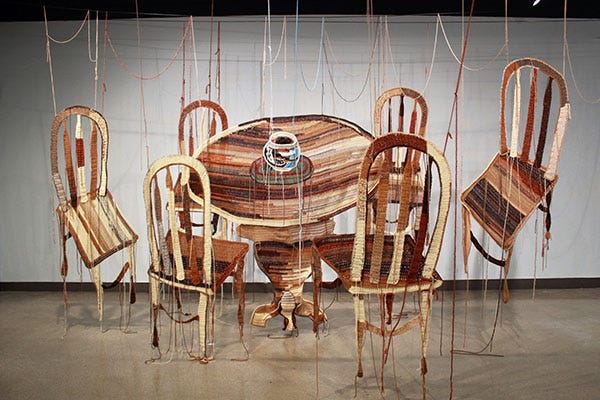
We would need a whole separate blog if we started including Guinness Records…from fastest crocheter to longest chain to largest Granny Square and it just goes on!
Fortunately, someone has already started the list for us!
So why does any of this matter?
When you trace crochet through fairs, you watch the craft shift from “imitative lace” to “inventive voice.” Those glass cases evolved—from white thread collars to rainbow graphic tapestries, from christening sets to sculptural amigurumi. 4-H record books and Girl Scout badges keep the pipeline alive; premium books and magazine anthologies helped crocheters set the bar (for better or for worse); and the blue ribbons? They’re a snapshot of what a community values right now—discipline, design, and delight. If you’ve ever entered your work at the fair: bless you. You’re a part of a 170-year-old tradition of showing what a single strand can do.
Went to enjoy a audio fair visit? Listen to the Exploration Crochet Podcast - Loops, Lace, and Funnel Cakes: Crochet Goes to the Fair
Please add your voice to the conversation. If you’ve ever entered a fair or any other competition, let me know in the comments!


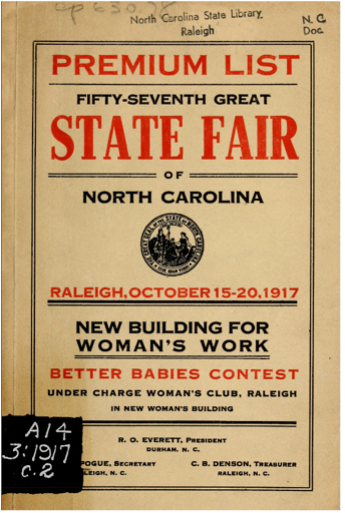
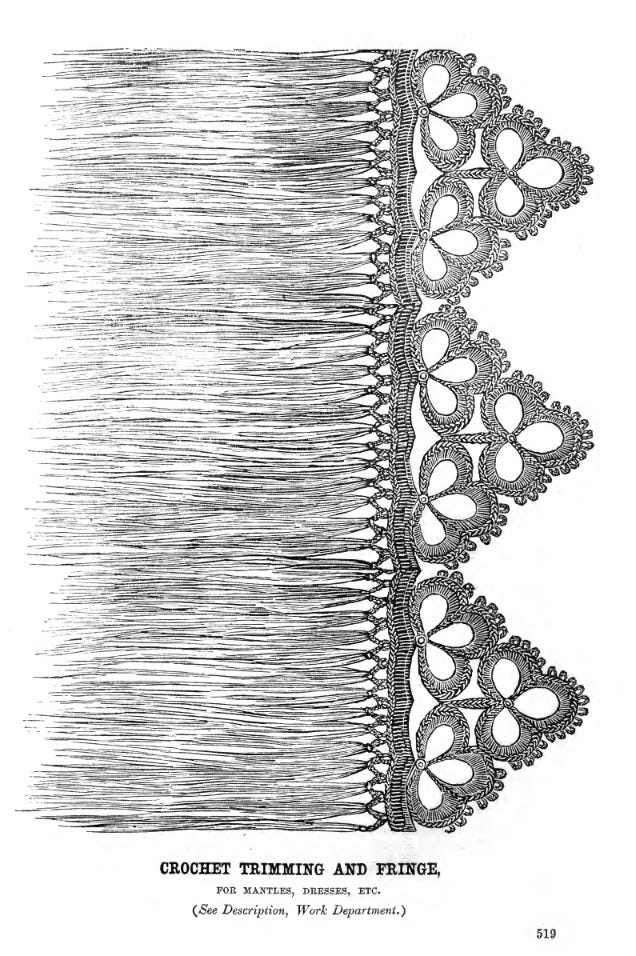
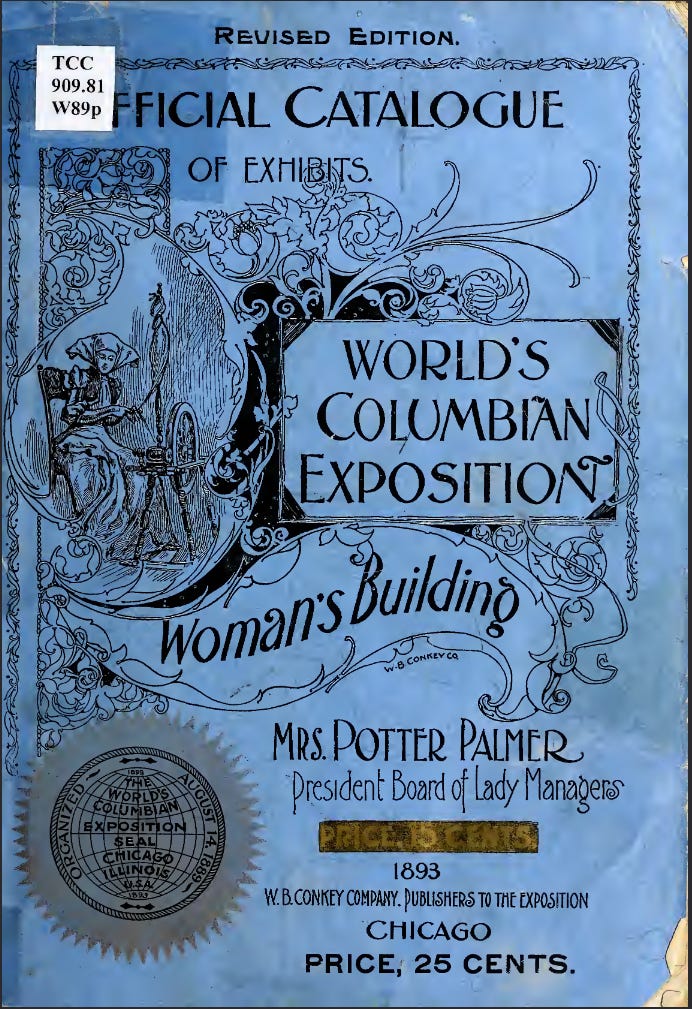
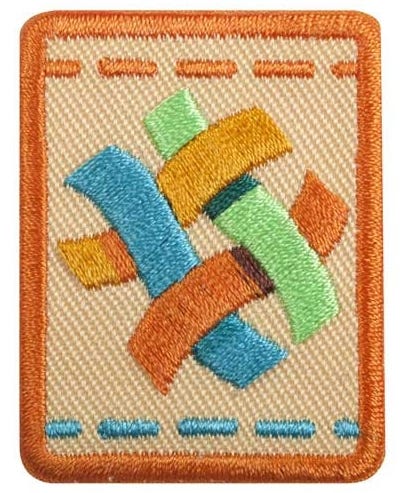
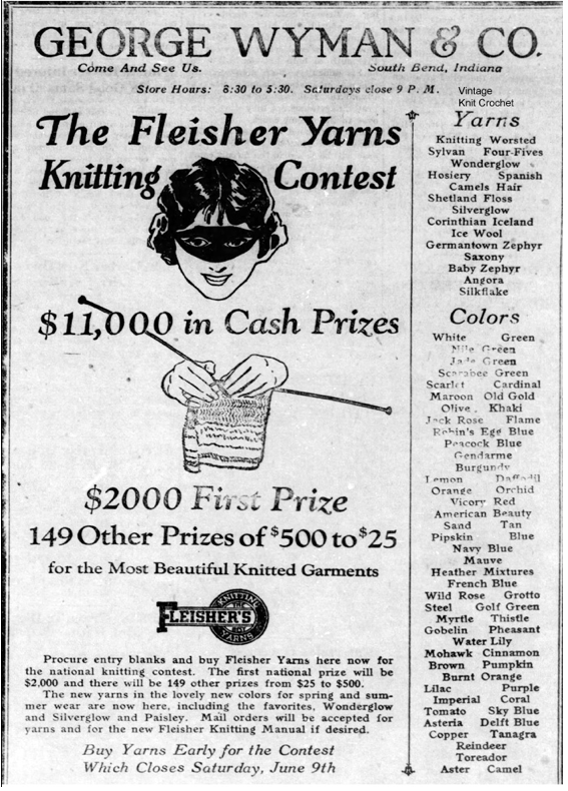
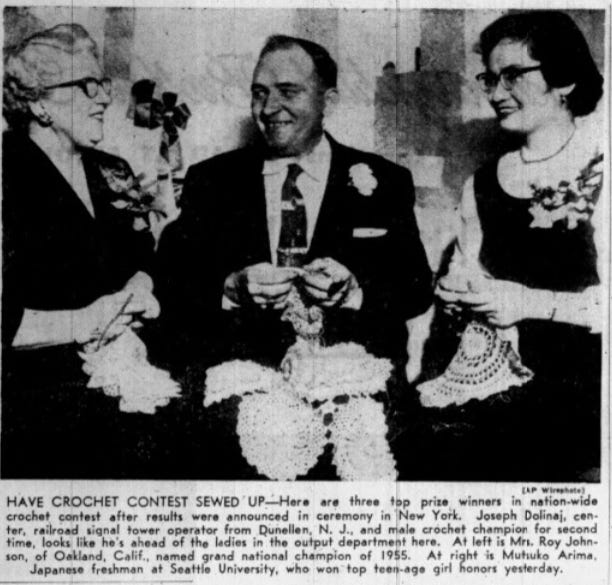
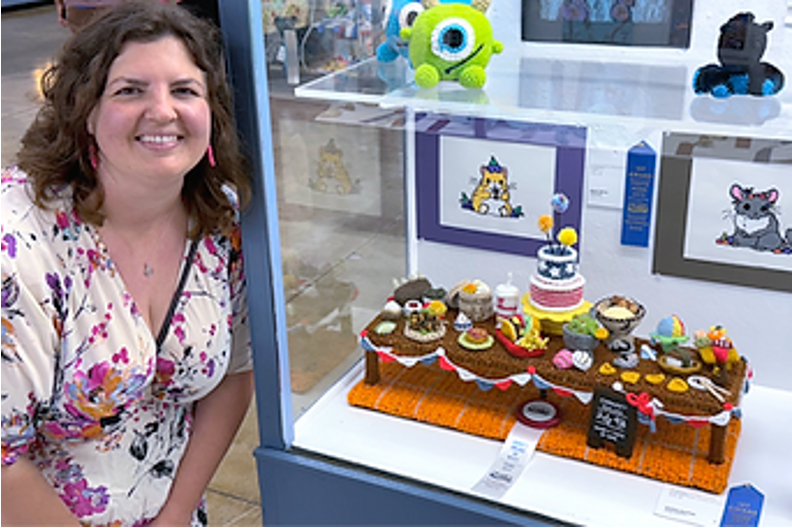
Oh wow! Such a good read with rich history.